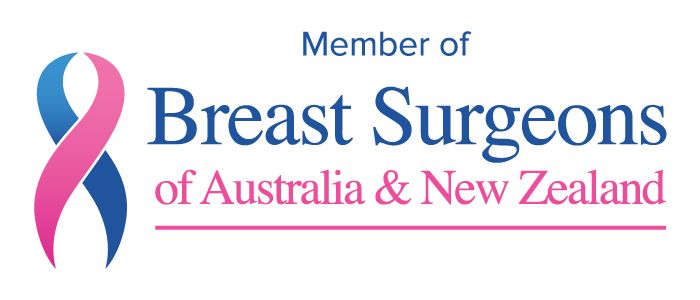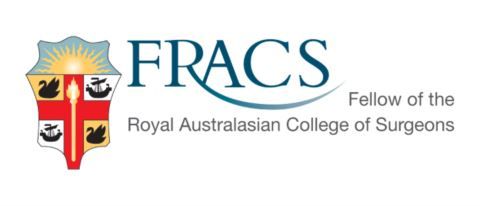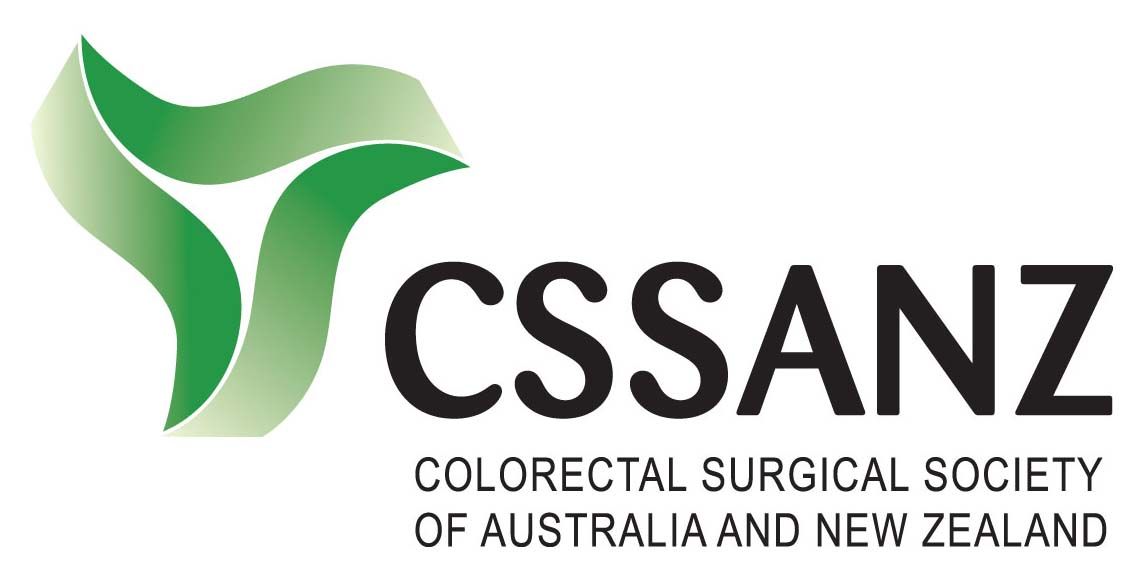Breast Surgery
The two major aspects to the management of any cancer is firstly the control of the local disease and treatment of potential systemic disease. In breast cancer, this involves surgery to the breast and associated lymph nodes and possible chemotherapy and/or radiation therapy. The systemic management involves the treatment of potential cancer cells beyond the breast, and includes adjuvant chemotherapy and hormonal therapy.
Concepts in Conservation Breast Surgery
• Achieve adequate clear margins of resection.
• May require pre-operative mammographic or ultrasound localisation of the lesion on the day of surgery.
• Orientation of the specimen for pathological testing.
Axillary Lymph Node Dissection
Three main indications:
1. A curative surgical procedure.
2. ‘Staging’ of the disease: decision re adjuvant chemotherapy.
3. Prognostic purposes.
Surgical Options
• Breast conservation surgery (Lumpectomy/Wide local excision) versus Mastectomy.
• Sentinel node biopsy.
• Axillary dissection of lymph glands may be required.
• Adjuvant radiation therapy to the breast may be required in ‘conservative’ surgery.
Adjuvant Therapy
Radiation and Medical Oncologists will assess the patient. This will afford second and third Specialist opinions for the patient concerning their management.
Radiation therapy is part of the ‘local control’ of the disease. Radiation may be required to the breast after ‘conservative’ surgery, to sterilise the tissue of any abnormal cells. Radiation is occasionally required to the chest wall after mastectomy.
Adjuvant chemotherapy represents the systemic treatment of Breast Cancer, and is indicated in lymph node positive disease.
Medication is recommended for five years in most tumours. Herceptin may be required.
Surgery
This will be discussed in detail with your surgeon. He will discuss the following;
1. Your pathology.
2. The operative procedure.
3. The post-operative course and long term follow up.
Long term medical follow up
Regular long term medical reviews will be required. The responsibility for this will be shared with your Surgeon and Medical and Radiation Oncologists that may be involved.
Post Opperations
• Take your pain medicine as directed. Begin the pain medicine as you start getting uncomfortable, but before you are in severe pain. If you wait to take your pain medication until the pain is severe, you will have more difficulty controlling the pain.
• Removal of dressings is usually 7 days. Once the dressing is removed you can get the wound wet, ensuring you dry the area with a soft towel. Another dressing may be applied to protect our clothes, bedding etc if needed.
• If you have sutures that need removing an appointment will be made before you leave hospital at the appriotate location
• If Dr Fisher needs to see you post operative he will ask either the hospital or yourself to make an appointment to come to his rooms.
Suite 4, Manera Plaza
77 Myall Street
Dubbo NSW 2830
Dr Dean A Fisher
MBBS FRACS
Provider No.206853AK
Dr Angelina Di Re
MBBS MS FRACS CSSANZ
Provider No: 450164PF



